Matthew Roberts
Bronze Member
- Thread starter
- #41
Matthew
To guess how that " camp " ore came from the camp that discovered an Army scout in the 19th century , following the tracks of a massacre ?
markmar,
The "Camp Ore" as TE Glover called it, had long been thought to match the known samples of Dutchman ore because of how and where it was found. "Camp Ore" had previously been assayed and tested for mineral and element compounds as well as quartz type and surrounding matrix. "Camp Ore" was before Dr. Glover did his testing, the most thoroughly analazied ore of the 6 samples. Going into that SEM/ESD testing it was already known exactly what was in the "Camp Ore's" makeup.
The "Camp Ore" was being tested for the first time against the known samples of Dutchman ore.
No one, including Dr. Glover has ever made the claim over the past 20 years since that ore testing was done, that the Camp Ore came from the Lost Dutchman Mine or was in fact "Dutchman Ore." That is in sharp contrast to the Kochera Ore, its owner and those who promote Kochera ore as being LDM ore from the Lost Dutchman Mine.
"Camp Ore" was and is privately held and as stated, no one connected with it has ever made any attempts to publish a book about it or put any of it up for sale.
The sample of Kochera Ore was sold to Dr. Glover for his testing while the sample of "Camp Ore" was freely given and was the only sample made available for destructive testing.
Matthew


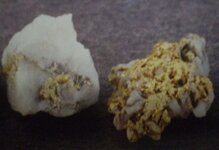
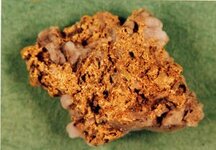
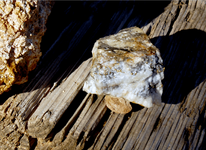
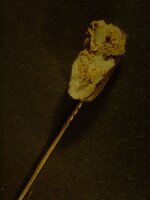
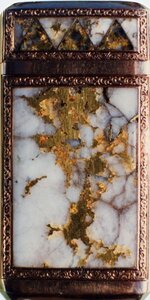
 Here are some images of some famous CA ore...
Here are some images of some famous CA ore... 

